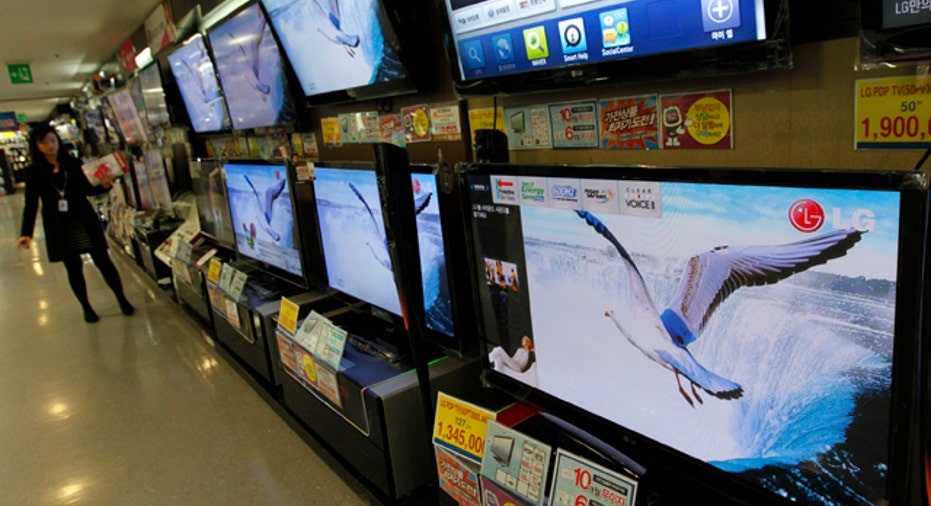Decision Points: Plasma vs LED TVs

Shoppers face many tough choices when looking for a new TV: How big should it be? What kinds of bells and whistles come with it? Here are the pros and cons of LED TVs versus plasma TVs to help you make that choice a little easier.
LED TV Pros
What is an LED TV, anyway? An LED TV is an LCD (liquid crystal display) TV that is back-lit with light-emitting diodes (LEDs). (There are actually two types of LCD TVs: LEDs, and ones with cold-cathode fluorescent lamp (CCFL) backlighting.)
Thomas Evans, associate vice president at Sharp Electronics, which sells LED TVs, says that LCD TVs are generally brighter than their plasma counterparts, making them ideal for rooms with a lot of light and spaces.
LED TVs are also more energy-efficient. Gene Ornstead, the director of TV products at the Los Angeles-based hardware maker ViewSonic, says that, on average, edge-lit LED TVs (which have the LEDs are located along the edges) consume 30 to 40% less power than plasma TVs.
LED TV Cons
These perks don't come without some drawbacks. "You do tend to pay more for an LED TV," Ornstead says, "but you will get a thinner model, which some technologists and videophiles prefer."
Depending on the brand, size and capabilities of the television, LED TVs can cost quite a bit more than plasma ones. For example, a 60-inch Samsung LED Smart TV costs almost $3,300 on the company's website, while a 59-inch plasma Smart TV is priced at about $2,100.
Plasma TV Pros
"Plasma has been around longest," says Megan Magnuski, an internet and corporate sales rep at Abt Electronics, "so the technology has been refined and the cost is lower."
In addition to their affordability, plasma TVs tend to present better picture contrast and black levels than LED TVs, according to Crutchfield.com. This contrast makes plasma TVs a good fit for dark or dimly-lit rooms. When you are watching something with fast-moving images like a sports game or an action movie, plasma TVs will likely display a more fluid and crisp picture. LED TVs tend to have low refresh rates, meaning fast motion images may appear blurry, Magnuski says.
Plasma TV Cons
Plasma TVs are susceptible to glare because they have glass screens, Magnuski explains. This can be annoying if you are trying to watch television during the day and the afternoon sunlight is streaming through your window at just the right angle to obscure half of the screen. Plasma TVs also generate more heat and consume more power than LCD TVs.
Although it is no longer the problem it once was, there is still a chance that your plasma TV will be hit with what is referred to as "burn in." If you keep a stagnant image is on the screen for too long (if you pause a DVD, leave the TV on and don't return for hours), the screen may retain that image. LCD TVs don't have phosphors, which can cause "burn in," so you don't have to worry about image retention.